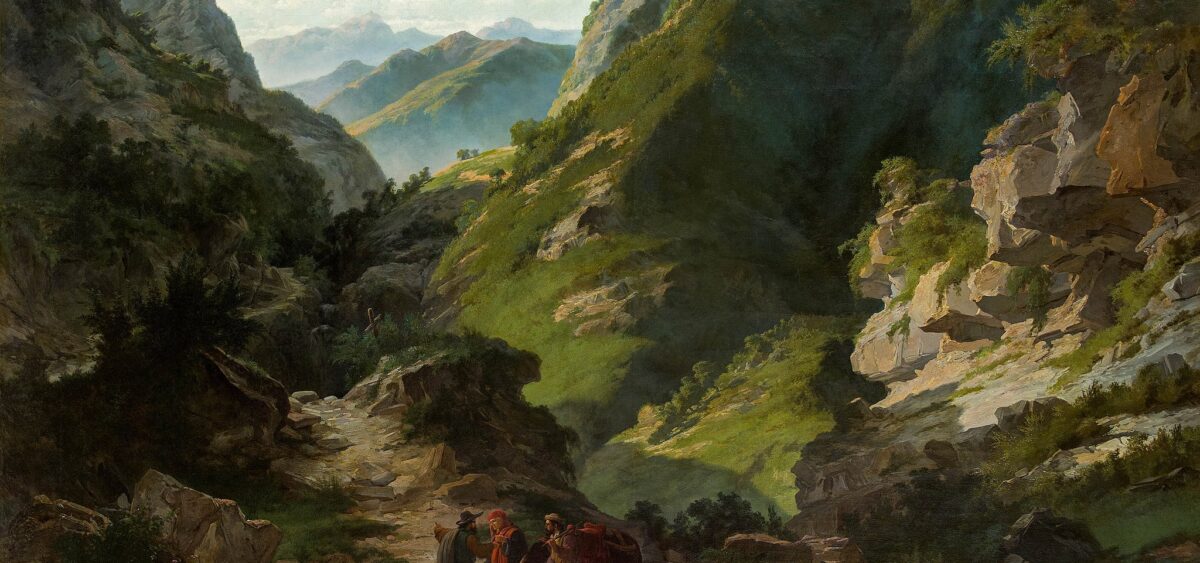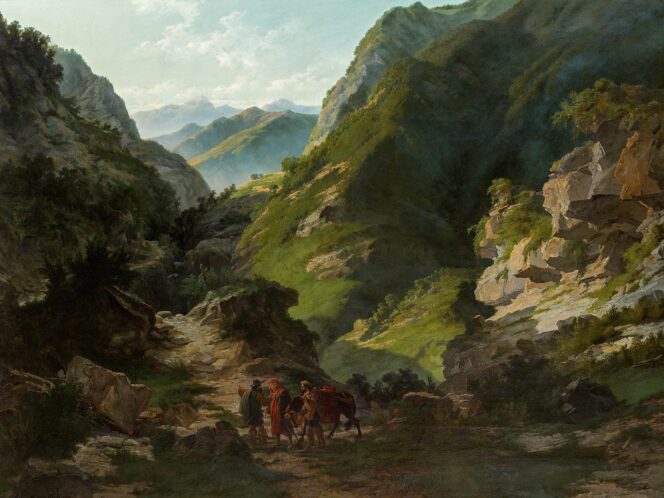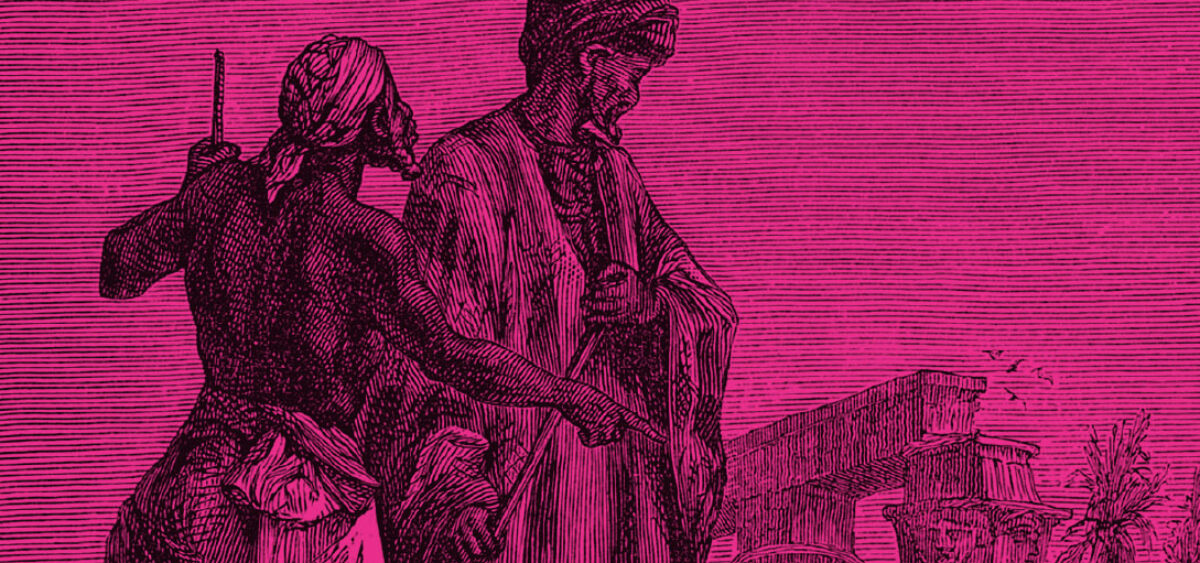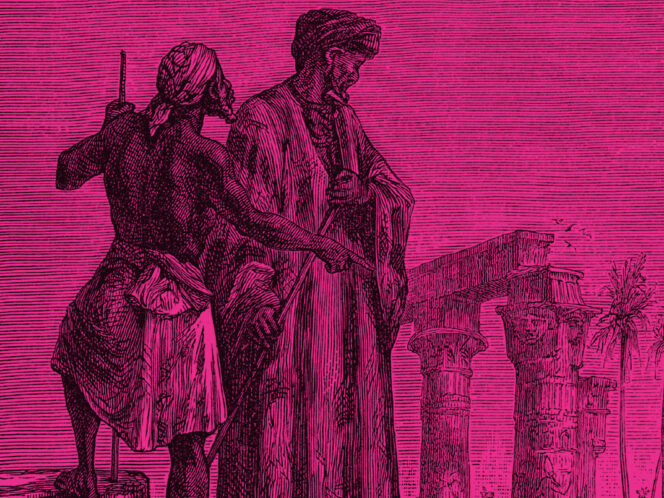
Educated adventurers craved action but also had a knack for observation. Enthusiastic about their own culture, they were eager to learn about others. As a result, British writer-wanderers created a unique subgenre of travel literature.
It was 1925 when the twenty-year-old Robert Byron, who had just graduated from Oxford, embarked on a journey with his two friends. Upon reaching Athens, they discovered that Robert’s namesake, Lord Byron—a hero in Greece’s struggle for independence—was still highly revered there. It was even said that if a relative of Lord Byron were to be found, they might take a prominent position in the new government, perhaps even becoming a ruler, albeit a puppet one at best. The young traveler, who not only boasted a great name (though he shared no kinship with the famous poet) but also had admirable self-confidence, seized the opportunity. He left his friends at the beach in Phalerum, crossed the street, and entered the nearby Ministry of Flight. Wearing a bathing suit, he met with Minister Kokkinopoulos, who was only slightly older than him. Although no job was arranged, the Greek politician, who had been educated in Scotland, promised Byron that they could talk more that evening at a cocktail party.
Although the Brits found the time to change into evening clothes, they also managed to get tipsy before arriving at the banquet. The minister was kind enough to notice them and keep their company, but the waiters seemed to ignore them. Annoyed by this, they rashly decided to break








